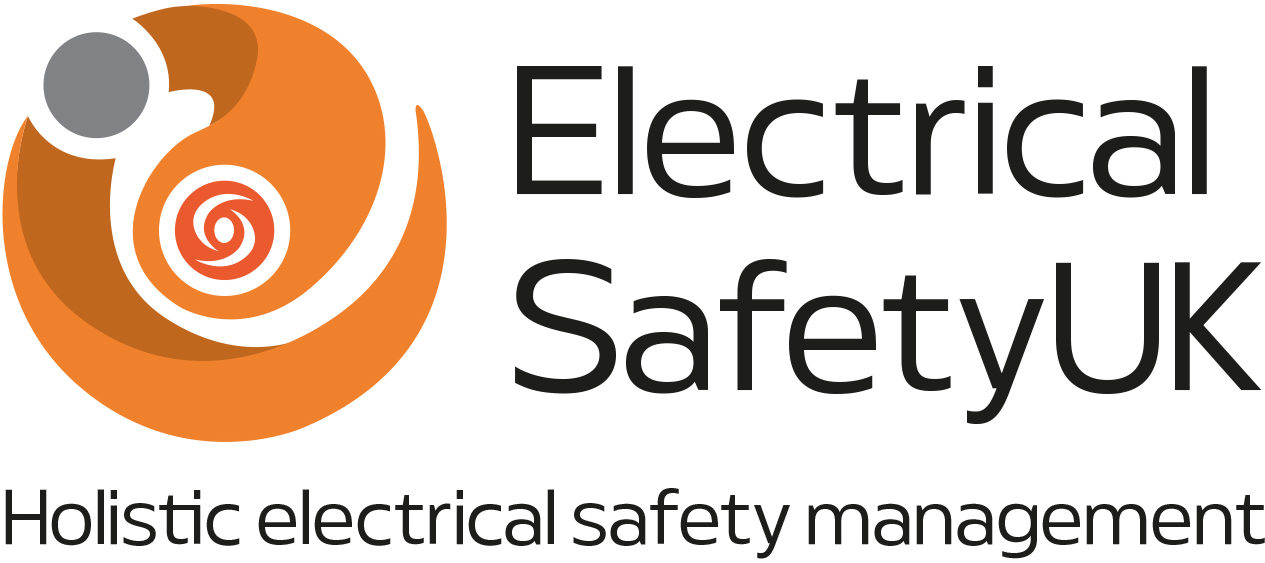Course Aims
At the end of the course the student will be aware of the various documents, guidance and Approved Codes of Practice associated with DSEAR along with the basic concepts of the relevant British Standards.
Course Content
- DSEAR
- ATEX
- Duty Holders
- Hazards and Risks
- Elimination of Risks
- Other control measures
- Locations where explosive atmospheres may occur
- Containers and pipes
- Arrangements for accidents, incidents and Emergencies
- Information, instruction and training
- Examination and inspection
- Reports, defects and keeping information
- BSEN 60079
- L138
- PM 82
Upon completion of training, successful delegates will receive a certificate.
This is an on-demand course, which can also be delivered on site. Please call our sales team for more details.


